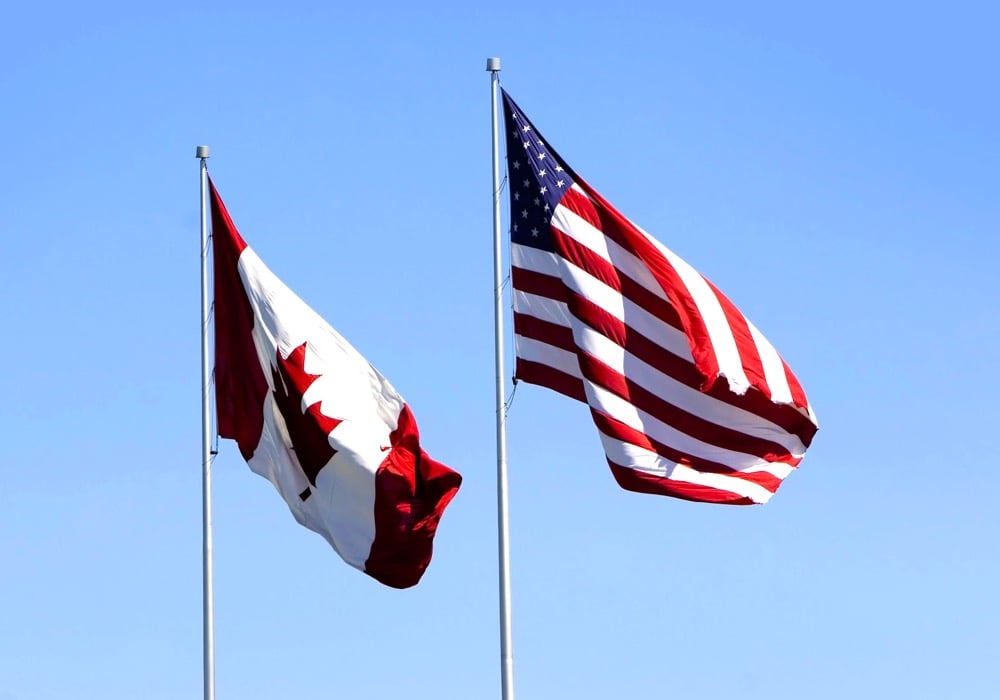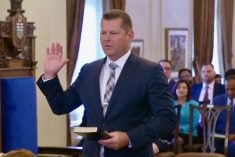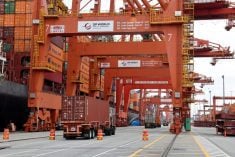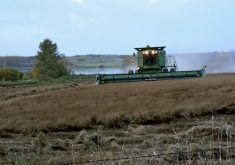SOURIS, Man. — Manitoba farmers gathered in southwestern Manitoba yesterday demanded better management of the Assiniboine river watershed so floods like 2014 and 2011 don’t recur.
Upstream farmers in eastern Saskatchewan and the Manitoba government came under criticism at the Keystone Agricultural Producers general council meeting in Brandon.
The Manitoba government was blamed for ignoring the risks between flood events and Saskatchewan farmers were blamed for being overly aggressive at draining fields.
Comprehensive Assiniboine River management needs to occur, KAP president Doug Chorney said, and “that has to involve other jurisdictions.”
Read Also

Canadian trade data delayed by U.S. government shutdown
Canadian international trade data for September will be delayed indefinitely due to the ongoing partial shutdown of the United States government, Statistics Canada said Friday, Oct. 24.
Many farmers and others lauded the establishment of an Assiniboine river basin commission, which is being formed this year, as a way to improve watershed management.
Flood authorities were criticized for having few answers about how much water comes into or is likely to come down the Assiniboine.
After the meeting, Chorney and other KAP members took reporters on a tour of saturated and flooded farmland near Souris, showing the fields where crops have been drowned, where patches of yellow and brown sit among greening crops, and where farm roads have had to be rebuilt to let evacuated farmers return home.
The first crest of the Assiniboine has passed Portage La Prairie and a second crest is expected to hit Brandon between today and July 13.
The Portage Diversion is pushing water north into Lake Manitoba to reduce stress on downstream Assiniboine River dikes that can’t handle the excessive flow. Farmers at the KAP meeting said farmers around the lake are worried that any significant wind will destroy pastureland again as happened in 2011 when the water spread inland for kilometres.
Presently, the diversion can be used to dump billions of litres of water into the lake, but the provincial government has not built a northern outflow system to get the excess water out of the lake.















